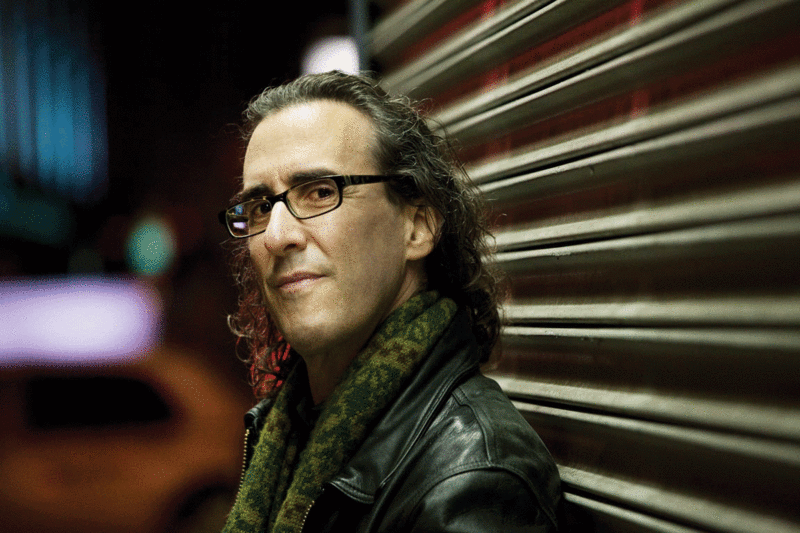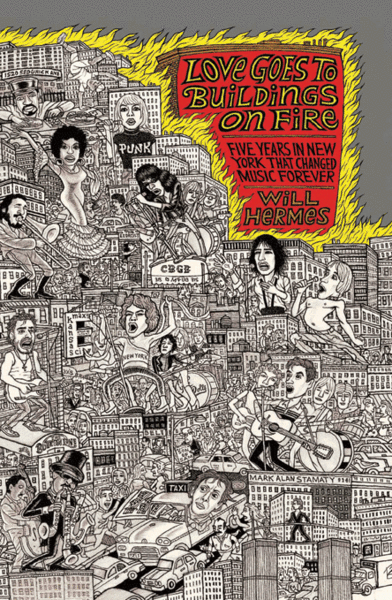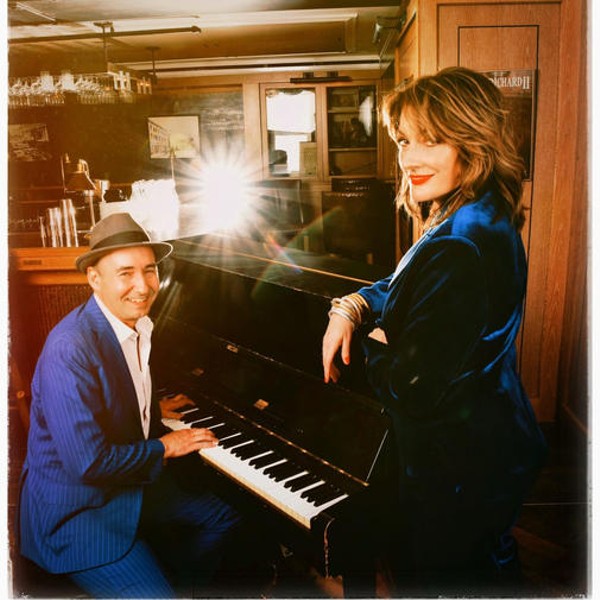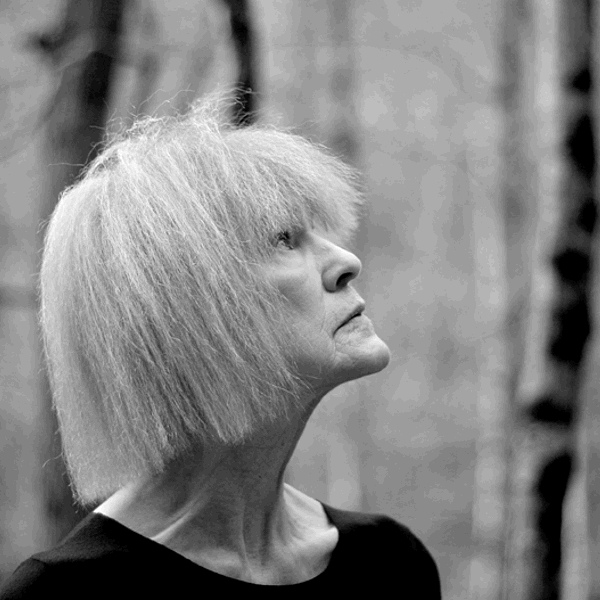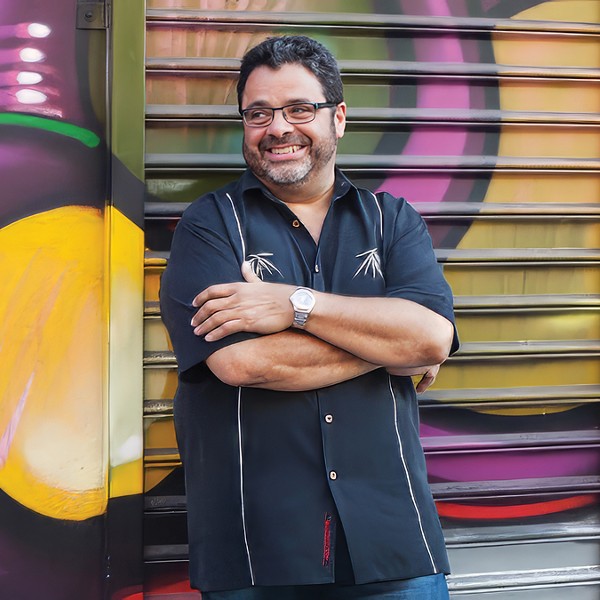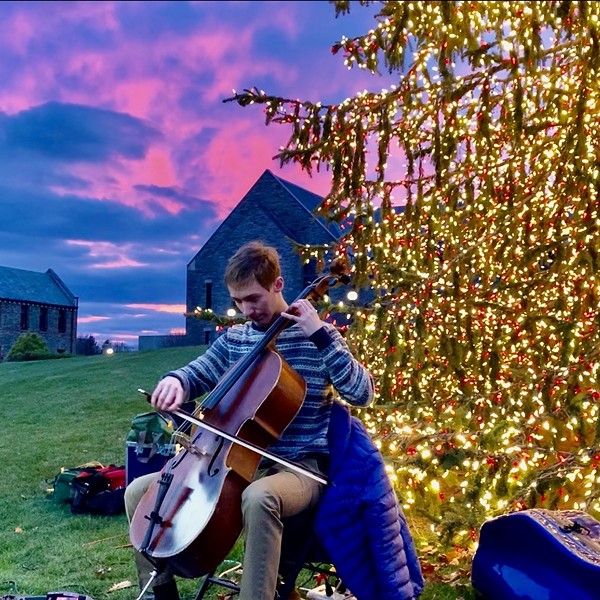From 1973 to 1977, the years covered in senior Rolling Stone critic, NPR contributor, and former SPIN editor Will Hermes’s riveting new book Love Goes to Buildings on Fire (Faber and Faber, Inc.), New York’s five boroughs literally rocked with an explosion of revolutionary new musical movements: hip-hop, punk, free jazz, disco, salsa, Minimalism. Once they left their Gotham incubator, these bold new styles would spread like wildfire and inspire whole new variations, but their idiosyncratic, big-bang incarnations could only have been born in New York City. Its name a riff on the title of Talking Heads’ 1977 debut single, Love Goes to Buildings on Fire maps out the concurrent gestations of the key players in each of the above genres as they broke new ground amid the concrete and asphalt.
Hermes, who lives in New Paltz and has taught journalism and creative writing at SUNY Albany, SUNY New Paltz, and the University of Minnesota, will read from the book at the Golden Notebook in Woodstock on January 14 at 4pm. Admission is free.
(845) 679-8000; www.goldennotebook.com
Writing about New York and any facet of its hectic cultural history—even a five-year span, as you’ve done here—seems a daunting proposition. What made you decide to take it on?
Back in 2005, I interviewed Patti Smith and Lenny Kaye for the Village Voice on the occasion of the 30th anniversary [of the Patti Smith Group's debut] Horses, a pivotal record that also meant a lot to me personally growing up. It was inspiring to talk about how they saw their music as simultaneously upholding and upending tradition, with one foot in the ’60s and another in the thin air of the ’70s. And it made me think about how much other incredible musical innovation happened during those years. To paraphrase a disco song, once I got started, I couldn’t stop.
What makes the book especially enthralling is how the narrative flits back and forth between what was happening in all of these seemingly disparate genres, demonstrating how often things intersected, with the artists inspiring each other—e.g., Lou Reed jamming with free jazz trumpeter Don Cherry, who lived upstairs from Talking Heads’ Chris Frantz and Tina Weymouth, or avant-gardist Rhys Chatham having an epiphany while seeing the Ramones at CBGB. Did you have any inkling of the extent of this melting pot phenomenon beforehand? Any other examples of this that really surprised you?
Both those examples surprised me. So did David Byrne when he told me about his love for the Monday night “Salsa Meets Jazz” sessions at the Village Gate—of course, he’d go on to make a sort of salsa record himself, Rei Momo. But New York always holds a lot of parallel universes side by side, and sometimes the connections were simply proximity. I was amused when the saxophonist David Murray told me he lived a few doors down from the Ramones; he knew and liked the guys. Apparently, they all bought weed from the same dealer.
That’s a really interesting question. There’s no doubt that the Internet has created vital virtual communities. But then again, musicians from all over still flock to Brooklyn to set up shop. I love that I live in a music-rich community in the Hudson Valley, and I appreciate how the Internet helps foster connections even on a local level, to publicize shows and swap recordings. Music is a communal act; nothing will ever replace the experience of live performance. So there are a few ways of looking at it.
You’ve said you weren’t a disco fan back in the day. Indeed, for many of us at the time (and many still) disco was an anathema; the vapid soundtrack of velvet rope-climbing elitists and substance-fueled decadence that is today mirrored by the dance club segments of “Jersey Shore.” But your book makes clear that before the 1977 arrival of Studio 54 disco was a comparatively egalitarian movement, one fomented by DJs who, in the days before records made specifically for the disco market, played all kinds of music. Can you elaborate?
For the record, I’ve never had a problem with substance-fueled decadence; just velvet-rope elitism. I loved a lot of disco songs; still do. But plenty of it was just hollow, bullshit music. It was interesting to learn that downtown disco DJs and uptown hip-hop DJs dug a lot of the same records, often R&B jams with hot Latin-influenced breakdowns; after all, hip-hop’s first pop moment, “Rapper’s Delight,” was built on a “disco” song—Chic’s awesome “Good Times.” The pioneering DJs, like David Mancuso and Nicky Siano, prided themselves on eclectic mixes that kept bodies in motion: gay or straight, black or white or Latino. The club culture was innovative and inclusive—it introduced records like [African saxophonist Manu Dibango’s] “Soul Makossa” into the mainstream. It was when serious money entered the picture that things went downhill, as is often the case.
You’ve also said that discovering salsa music during the book’s research was a revelation. Can you recommend some favorite salsa recordings, and tell us why they resonated with you?
Eddie Palmieri’s The Sun of Latin Music mixes salsa with out-jazz improv and some crazy psychedelic studio techniques; it won the first Latin Grammy in 1976 but has never received a proper reissue treatment, which is a crime. Concepts in Unity by Grupo Folklorico y Experimental Nuevayorquino is a gorgeous, soulful record that digs into salsa’s Cuban roots—it was the Buena Vista Social Club of its day, but without any major-label muscle to help it cross over. Plus, the group name was a mouthful! Celia Cruz is on par with Aretha Franklin or Otis Redding, one of the greatest singers ever. Celia & Johnny is a salsa classic. Her ’60s Cuban recordings with Sonora Matancera, seminal to the ’70s salsa scene, are sublime too.
New York has always been a city of perpetual change. But with the onset of gentrification and the recent economic downturn, it’s tempting to say the New York music scene has had its day and likely won’t again experience a golden age on the level of the one in Love Goes to Buildings on Fire. How strongly do you agree? Is the current scene in Brooklyn comparable, or is it still too early to tell?
History is always about the past tense, so it’s hard to tell. My favorite record of 2011, whokill by tUnE-yArDs, was born out of the Brooklyn scene, which appears to be as fertile, energetic, collaborative, and world-class as Lower Manhattan in the ’70s. But the scene is bigger, more disparate and spread out, maybe more market-conscious. It’s different. But New York is still a stage that people from all over the world want to climb up on. It’s a beautiful thing.







